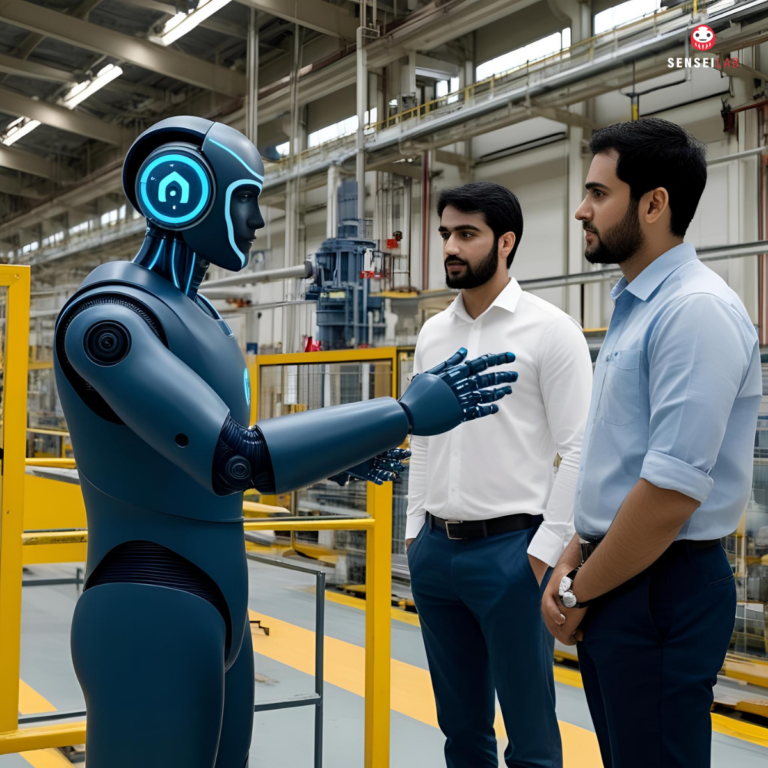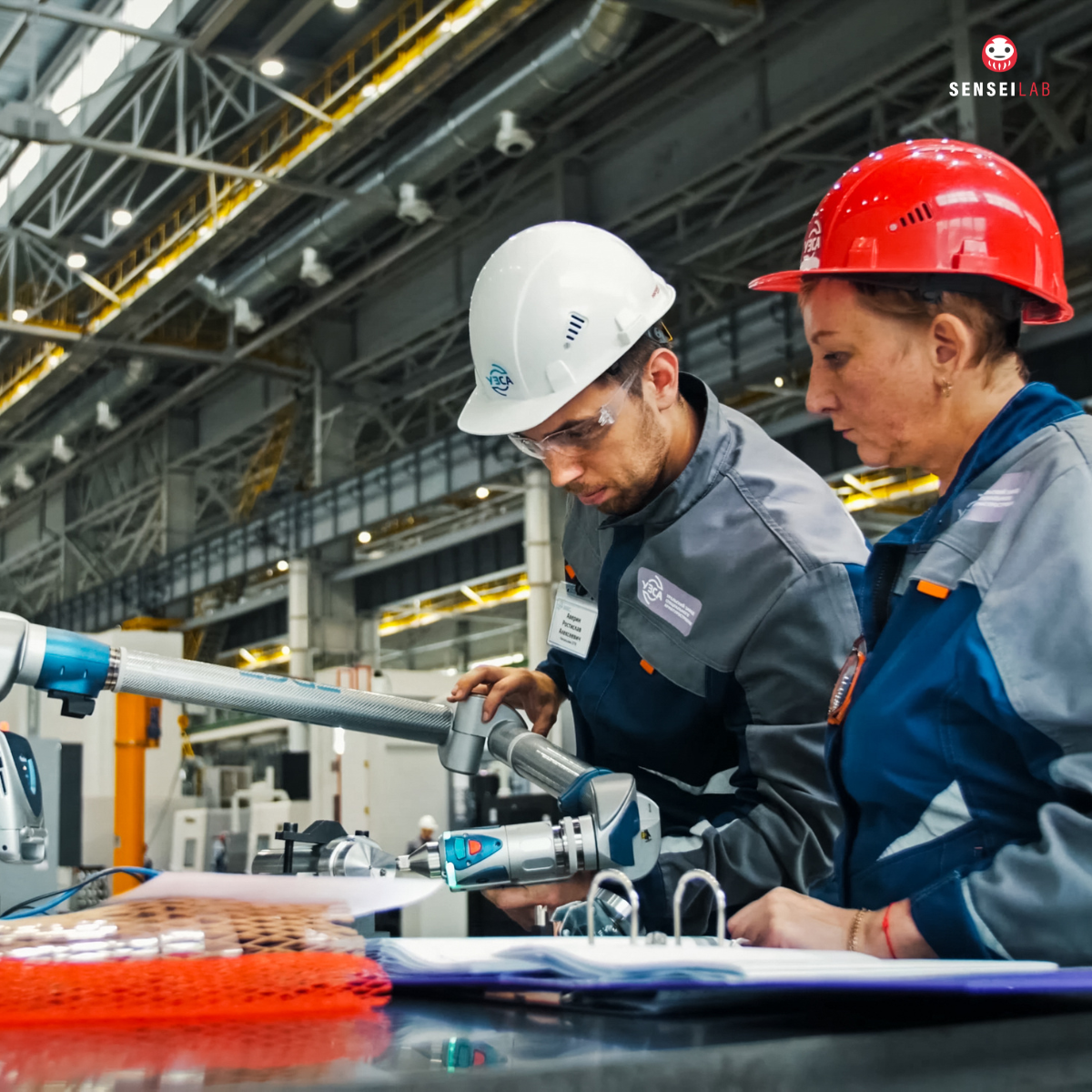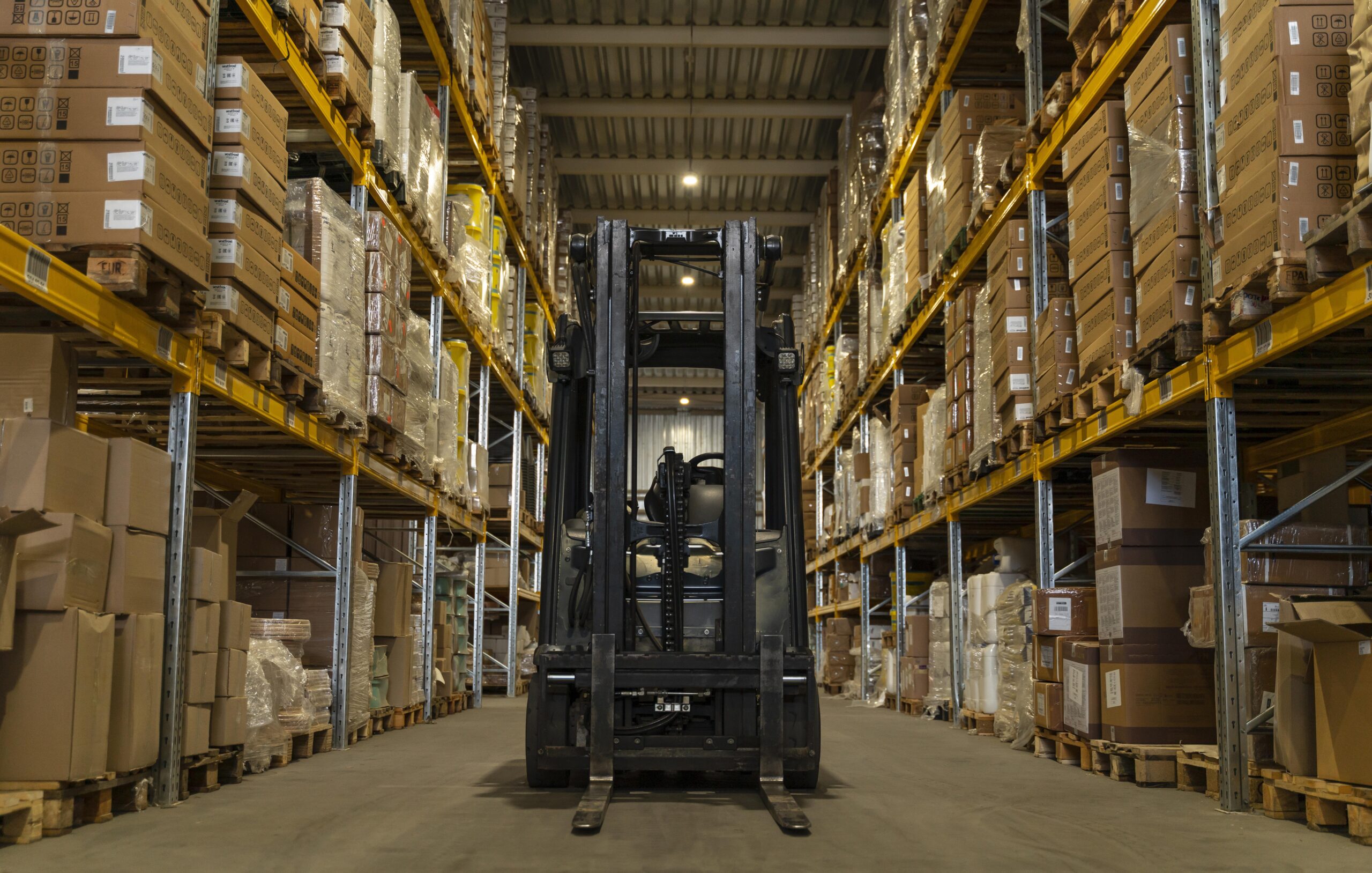On a rainy Tuesday morning in Ohio, Miguel, a new hire at a precision aerospace component factory, walks onto the shop floor for the first time. He’s greeted not by a classroom or a thick training manual—but by an AI-powered tablet that already knows his name, his background, and the skills he needs to build.
As he begins his shift, the device gently prompts him with tailored instructions, visual aids, and short learning bursts specific to his tasks. If he hesitates, an AI mentor offers guidance in real-time. By the end of the week, Miguel is already operating at a level it used to take new workers a month to reach. And he’s not alone.
This is the quiet revolution taking place across manufacturing. AI is transforming how workers are trained—making learning highly personalized, yet infinitely scalable.
Let’s explore how.
Personalized Learning Experiences—Tailored at the Individual Level
Individualized Learning Paths
Traditionally, employee development in manufacturing was based on standardized programs: everyone attended the same courses, regardless of their background. But what if learning paths could be as unique as fingerprints?
AI makes this possible. By analyzing skill inventories, past performance data, and learning history, AI systems create individualized training blueprints. Whether it’s improving welding precision or mastering a new CNC interface, each worker receives training precisely aligned to their current capabilities.
This isn’t about replacing trainers. It’s about augmenting them—scaling their ability to deliver personalized coaching across hundreds or thousands of learners.
Continuous Performance Monitoring
AI doesn’t wait for the annual review. It watches performance in real time, identifying dips, bottlenecks, or patterns that signal the need for upskilling or support.
If a machine operator consistently fumbles during tool changeovers, AI detects it. It then nudges the operator—or alerts a team lead—to revisit that specific skill. The result? Continuous, proactive development instead of reactive correction.
Adaptive Work Instructions
Not everyone learns the same way—and AI knows that.
Less experienced employees might receive highly visual, step-by-step guides. Veterans like Lisa, a 15-year assembly pro, prefer checklists that respect their mastery. AI adapts accordingly, delivering instructions in formats and complexity levels best suited to the user.
It’s learning that meets people where they are—without slowing down production.
On-the-Job AI Support
Think of this as having a senior technician in your pocket. Generative AI assistants are being integrated into handheld devices and wearables, offering real-time support.
Miguel, from our opening story, doesn’t panic when a machine throws an unfamiliar error code. He simply asks the AI assistant, which pulls up a solution—and explains it. This closes knowledge gaps instantly and promotes learning by doing, right on the line.
Scalable Learning—Training the Many, Efficiently and Equitably
Automated Content Delivery
Deploying compliance modules or new product training across multiple shifts, plants, and geographies used to be a logistical headache. Now, AI-powered learning management systems automate this at the push of a button.
Courses are distributed based on roles, locations, certifications, and deadlines. The result? Seamless, consistent delivery of knowledge—regardless of scale.
Role-Specific and Regulatory Training
When a regulation changes, like an updated safety protocol from OSHA, AI instantly pushes role-specific updates to the right employees. Forklift drivers get one version, line supervisors another.
Training teams aren’t overwhelmed with manual assignments—and frontline workers stay informed without disruption.
Data-Driven Insights for Training Optimization
Where are the biggest skill gaps? Which training modules have the highest impact on performance? AI doesn’t just deliver content—it learns from it.
By aggregating learning data, it offers HR and L&D leaders a dashboard of insights. This enables smarter decisions: whether to redesign a course, invest in a simulator, or identify a future team leader based on learning agility—not tenure.
Gamification and Engagement Tools
Retention improves when learning feels like progress—not punishment.
AI-enhanced platforms now incorporate leaderboards, achievement badges, and behavioral nudges to keep employees engaged. For Miguel, completing modules earns points redeemable for perks. For Lisa, it’s about competing with colleagues to stay sharp.
Gamification turns passive learning into a culture of growth.
Why It Matters: The Real-World Impact
Efficiency and Agility
With AI, manufacturers onboard new hires faster, adapt to compliance changes quicker, and upskill the workforce without ballooning costs. Training moves at the speed of change—without sacrificing quality.
Equitable Development
AI offers an objective lens. It doesn’t favor who speaks up the loudest—it responds to data. This levels the playing field, helping uncover and develop hidden talent across demographics and shifts. It’s a step forward in inclusion, not just productivity.
The New Standard of Learning
In the past, personalized learning was a luxury. Scalable training was a dream. With AI, both are becoming the standard.
The factories of tomorrow won’t just be smarter—they’ll be more human. They’ll meet every worker where they are, nurture them with precision, and empower them to grow beyond what anyone thought possible.
And maybe, just maybe, the best trainers in the business will soon be invisible—but always by our side.




